Disclosure: This article contains affiliate links. We may earn a commission from purchases at no extra cost to you, which helps our travel content.
The morning sun cast long shadows across ancient stone structures as I adjusted my helmet, the rental bike's metal frame cool against my legs. Having spent years connecting networks across continents, there's something deeply satisfying about physically connecting with history through the spokes of a bicycle wheel. Polonnaruwa—Sri Lanka's medieval capital and UNESCO World Heritage site—reveals itself differently when explored on two wheels, a perfect blend of physical activity and historical immersion that speaks to both my engineer's mind and traveler's heart.
Planning Your Polonnaruwa Cycling Adventure
As someone who approaches travel with the same methodical preparation I apply to network diagrams, I spent considerable time researching Polonnaruwa before arriving. The archaeological park spans roughly 4 square kilometers (1.5 square miles) of flat terrain—making it absolutely perfect for cycling exploration.
I visited in late January, catching Sri Lanka's dry season when the temperatures hover around 86°F (30°C) but the humidity is bearable. The winter months (December-March) offer the ideal climate for cycling these ruins without the monsoon rains that can make paths muddy and stones slippery.
Most guesthouses in Polonnaruwa town rent bicycles for 500-800 LKR ($2.50-$4) per day. I opted for a slightly better model with working gears from my accommodation for 1000 LKR ($5), which proved worth the extra dollars when tackling the occasional incline. Before setting out, I made sure my hydration pack was filled to the brim—you'll need plenty of water as shade is limited throughout the complex.
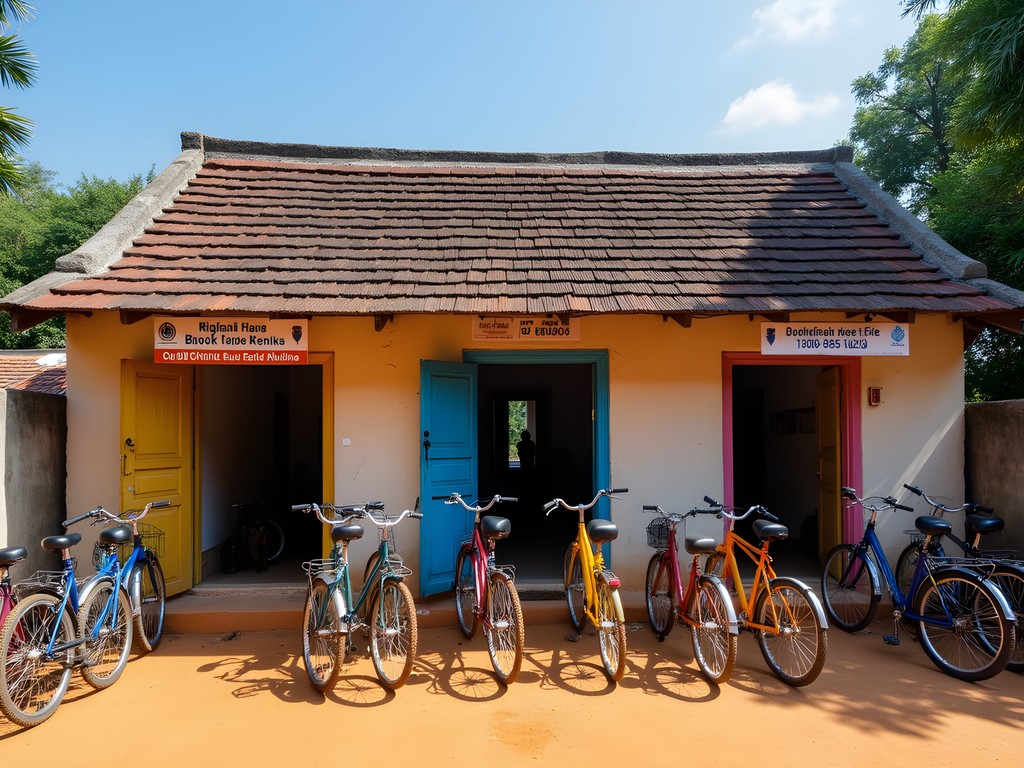
💡 Pro Tips
- Rent your bicycle the evening before to get an early morning start before the tour buses arrive
- Bring a hat and sunscreen as shade is limited between monument clusters
- Download offline maps as cellular service can be spotty within the archaeological zone
Navigating the Ancient City: My Engineer's Route Plan
My network engineer brain couldn't help but map the most efficient route through Polonnaruwa's scattered monuments. The archaeological zone has a logical flow that rewards strategic planning.
I started at the Archaeological Museum (worth 30 minutes to contextualize what you'll see) before entering the main site. From there, I cycled to the Royal Palace Group, continuing north to the Quadrangle (the most concentrated collection of monuments), then further north to Rankot Vihara and Lankatilaka. The northern section culminates with the magnificent Gal Vihara Buddha statues.
The beauty of cycling is the freedom to create loops between major sites, exploring smaller ruins that tour groups often bypass. I tracked my route using my GPS watch, which helped me navigate back to previously spotted treasures.
One unexpected highlight was stopping at a small, unnamed structure where a local archaeology student was sketching. We struck up a conversation about ancient Sri Lankan water engineering systems—a fascinating intersection of my technical background and the historical ingenuity on display.
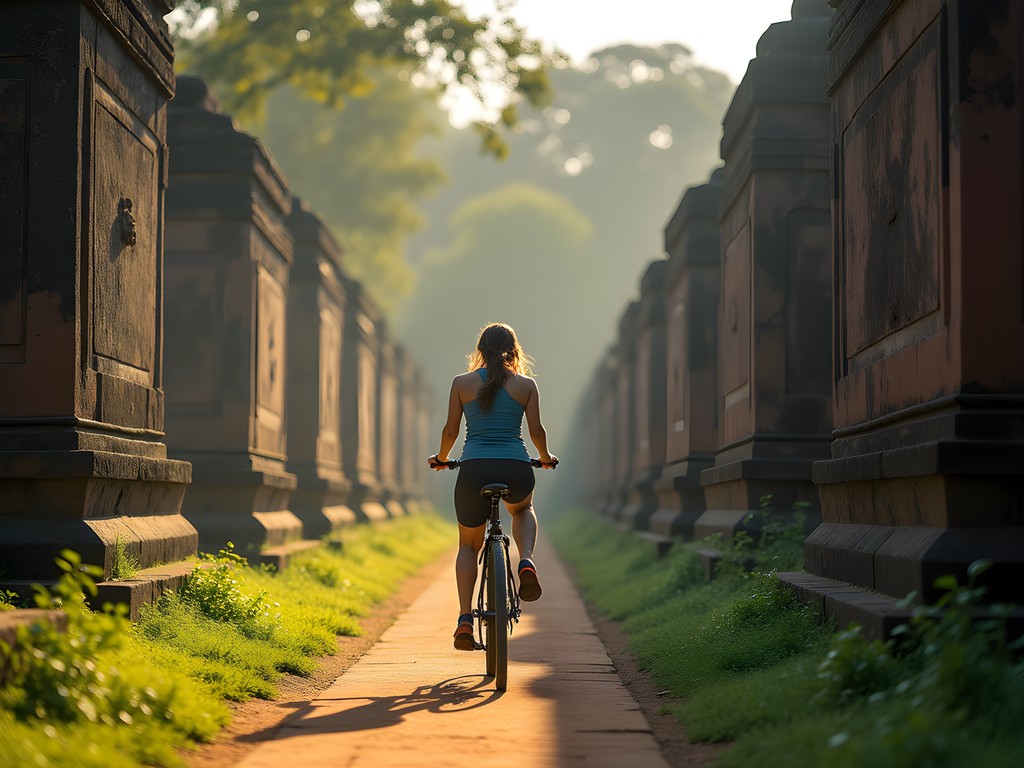
💡 Pro Tips
- Visit the Archaeological Museum first to understand the significance of what you'll see
- Plan your route to hit major sites in geographical order rather than importance
- The northern section is less crowded—save it for midday when tour groups retreat for lunch
Must-See Monuments & Hidden Corners
While Polonnaruwa's star attractions deserve their fame, cycling grants access to quieter corners that reveal equally fascinating stories.
The Gal Vihara Buddha images carved from a single granite wall left me speechless. I parked my bike and spent nearly an hour examining the four massive sculptures, marveling at their engineering precision and artistic execution. The reclining Buddha, stretching 46 feet (14 meters) long, shows such serene detail that it's hard to believe it was carved over 800 years ago.
Cycling allowed me to visit the less-frequented northern monuments like Demala Maha Seya—believed to be built by Tamil merchants—where I had the entire complex to myself for 20 minutes. The ruins of ancient hospitals and monastic complexes scattered throughout the forest revealed fascinating insights into medieval healthcare and community organization.
For the best photographs, I relied on my camera lens to capture the massive scale of structures like Rankot Vihara, Polonnaruwa's largest stupa. The wide angle perfectly framed the 180-foot dome against the brilliant blue Sri Lankan sky, while still capturing the intricate details at its base.
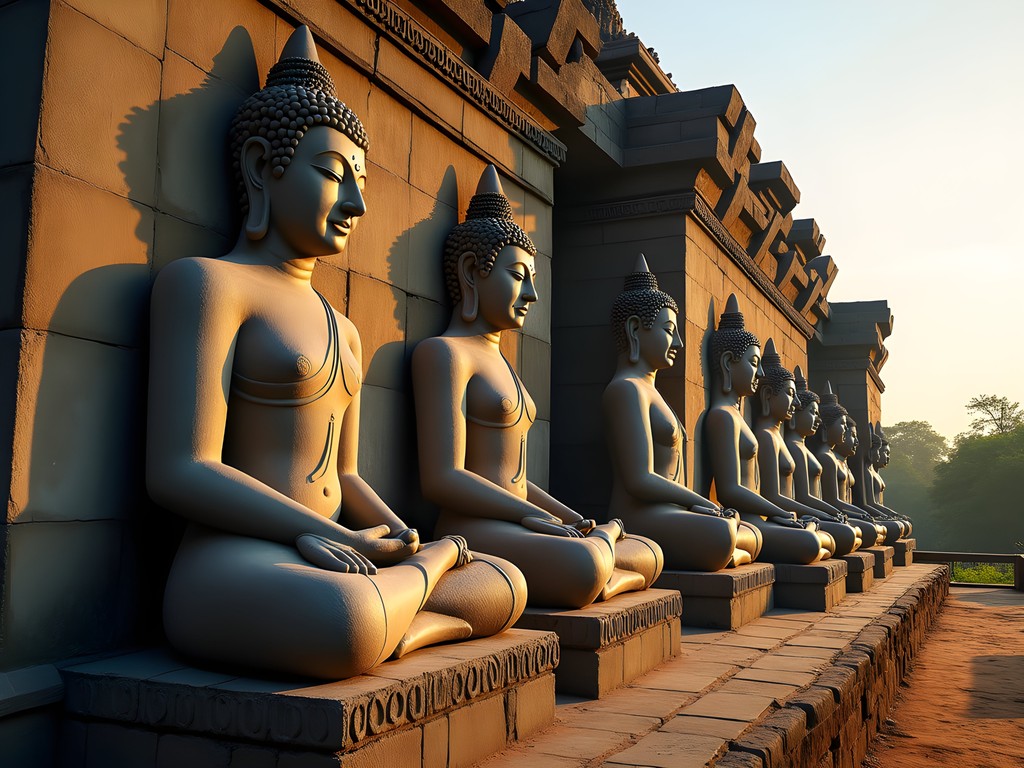
💡 Pro Tips
- Visit Gal Vihara late afternoon when the light accentuates the details in the Buddha carvings
- Bring binoculars to spot the incredible detail on higher sections of temples
- Look for the ancient hospital site which many visitors miss—it features stone medicinal baths
Cycling Through Living History: Local Life Encounters
One of the unexpected joys of exploring Polonnaruwa by bicycle was witnessing how the ancient city blends with contemporary Sri Lankan life. Unlike some archaeological sites that feel sterile and museum-like, Polonnaruwa pulses with ongoing spiritual significance.
Pausing to catch my breath near the Shiva Devale (one of the few Hindu temples in this predominantly Buddhist complex), I watched as a family placed flowers and lit incense in a small shrine. My curious expression must have been obvious because an elderly gentleman motioned me over and explained this temple has been in continuous use for over 800 years. As a tech professional accustomed to systems becoming obsolete within months, witnessing something functioning across centuries was profoundly moving.
The bicycle proved invaluable for quick detours to village areas just outside the main archaeological zone. During one such excursion, I discovered a small workshop where artisans carved stone replicas of Polonnaruwa's famous moonstone designs. The owner demonstrated techniques virtually unchanged since the monuments themselves were built.
To document these spontaneous cultural encounters, I used my action camera mounted to my handlebars, capturing immersive footage of both monuments and daily life that a traditional camera couldn't match while on the move.
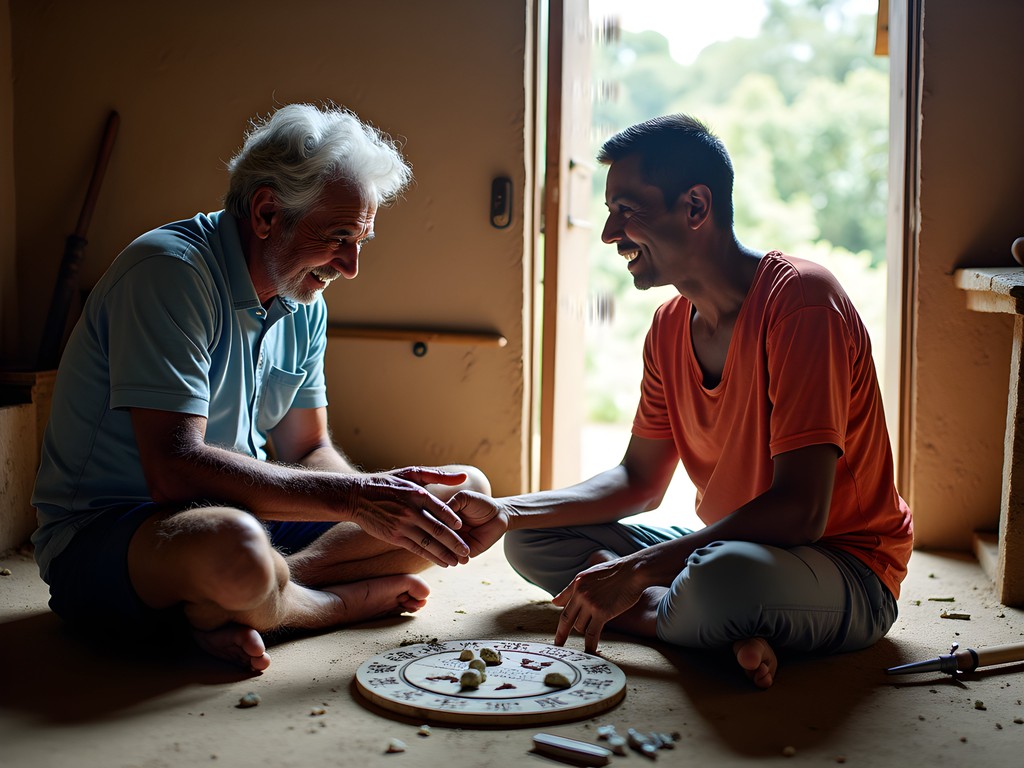
💡 Pro Tips
- Respect ongoing religious practices—some ruins remain active worship sites
- Learn basic Sinhalese greetings to connect with locals working in and around the site
- Look for small workshops in the nearby village where traditional stone carving continues
Budget-Friendly Tips for the Tech-Savvy Cyclist
As a budget traveler with a tech background, I'm always looking for ways to maximize experiences while minimizing expenses. Polonnaruwa offers excellent value compared to Sri Lanka's more touristed sites like Sigiriya.
The entrance fee (30 USD) initially seemed steep, but considering the site's vastness and conservation needs, it's reasonable. To maximize value, I arrived at opening time (7:00 AM) and stayed until closing (6:00 PM), essentially getting a full day's entertainment for the price of a modest dinner.
For accommodations, I stayed at a guesthouse in New Town, about 4km from the archaeological zone. At 2500 LKR ($12) per night including breakfast and bicycle rental, it was significantly cheaper than options closer to the ruins. The morning ride to the site became a lovely warm-up through rural landscapes.
Food costs can add up inside the archaeological zone, so I packed a substantial lunch in my insulated lunch bag which kept my food fresh despite the tropical heat. Local markets in New Town sell fresh fruit, bread, and other supplies at non-tourist prices.
Most importantly, I used my power bank to keep my phone charged throughout the day. Between GPS navigation, photography, and occasional research about specific monuments, battery life disappears quickly in the field.
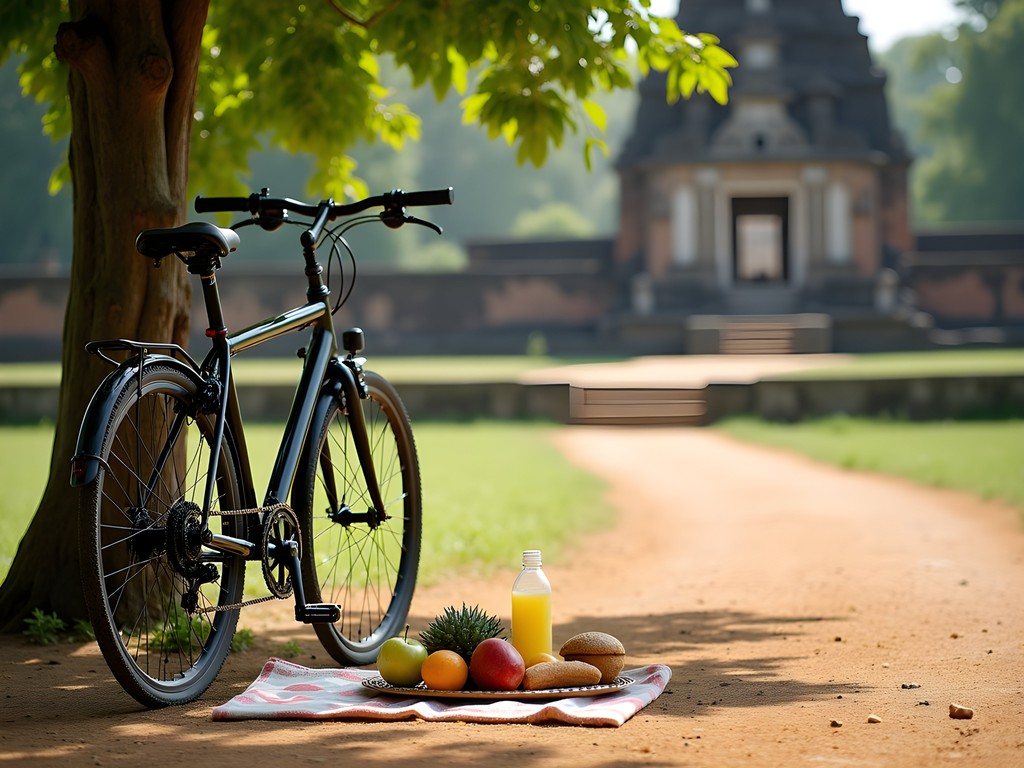
💡 Pro Tips
- Purchase a multi-day Cultural Triangle ticket if you're also visiting Anuradhapura and Sigiriya
- Bring small bills for refreshment vendors as they rarely have change for large notes
- Download the Archaeological Department's PDF guide before visiting to save on guidebook costs
Final Thoughts
As I pedaled back to town in the golden late afternoon light, sweat-soaked but exhilarated, I couldn't help but reflect on how cycling had transformed my Polonnaruwa experience. The freedom to move at my own pace—stopping to examine an intricate carving or chat with a local gardener—created a connection to this ancient place that would have been impossible from a tour bus window or even on foot.
For the technically-minded traveler, Polonnaruwa offers a fascinating glimpse into historical engineering and architectural innovation. For the history buff, it's a remarkably intact medieval city. And for the budget-conscious explorer, bicycle exploration represents the perfect intersection of economy, exercise, and immersion.
Whether you're racing against the setting sun to capture that perfect photo of Gal Vihara or quietly cycling through lesser-known ruins as monkeys scamper across ancient walls, Polonnaruwa by bicycle promises the rare travel experience that engages both body and mind. Pack your water bottle, adjust your helmet, and prepare to pedal through twelve centuries of Sri Lankan history—I promise the saddle soreness will be worth every moment of discovery.
✨ Key Takeaways
- Cycling is the most efficient and immersive way to explore Polonnaruwa's sprawling archaeological zone
- Visit during winter months (December-March) for optimal cycling weather conditions
- The site rewards technical curiosity—ancient engineering solutions are visible throughout the complex
📋 Practical Information
Best Time to Visit
December through March (dry season)
Budget Estimate
$40-60 per day including accommodation, food, site entrance and bicycle rental
Recommended Duration
1-2 full days
Difficulty Level
Moderate (Flat Terrain But Hot Conditions)


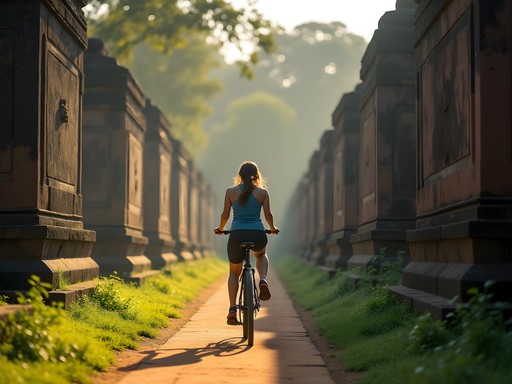
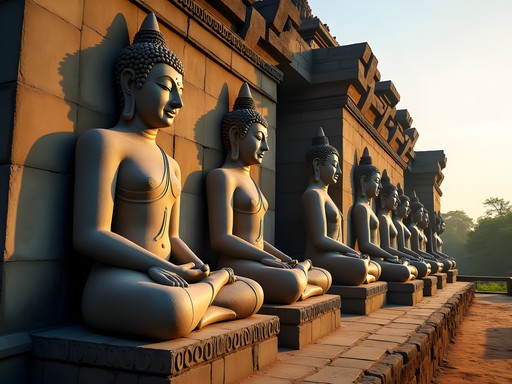
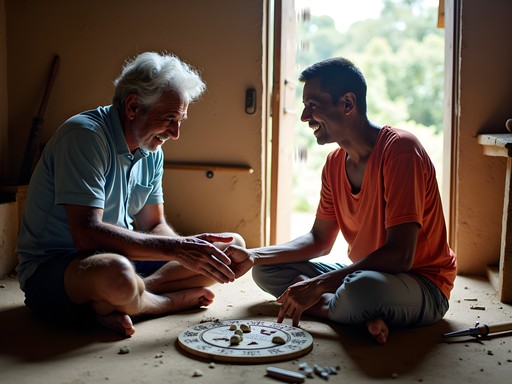
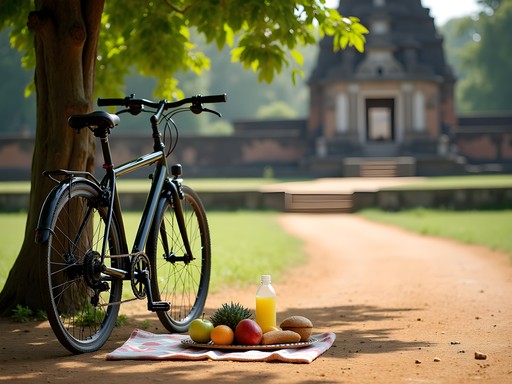


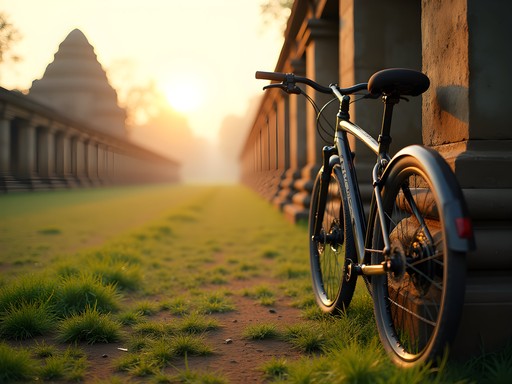






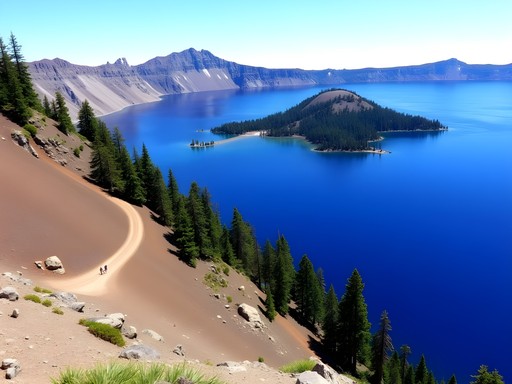
Comments
hikingblogger
Did this last week! The Royal Palace ruins were my favorite spot.
wildvibes
OMG this is EXACTLY what I needed!!! Going to Sri Lanka next month and Polonnaruwa is on my list! Your engineer's route plan is GOLD - saving this post for my trip! Did you find cycling exhausting in the heat? I'm wondering if I should plan for a full day or half day for this adventure.
Jennifer Thomas
The heat can definitely be intense! I'd recommend a full day so you can take breaks, but start early (7-8am) and consider a midday rest. I brought my insulated water bottle which kept water cold all day - absolute lifesaver!
Hunter Thompson
Absolutely brilliant post! Did this exact route last year while backpacking through Sri Lanka and it was a highlight of my trip. The freedom of exploring on two wheels is unmatched! One tip for anyone planning this - start SUPER early (like 6am if possible) to beat both the crowds and the midday heat. I'd also recommend packing a small picnic to enjoy near the Quadrangle - there's some shady spots that are perfect for a breather. Did you encounter any monkeys? They tried to steal my bananas near the Gal Vihara!
wildvibes
The monkey story is so relatable! They got my hat at Sigiriya last year 😂
exploremaster
Your photos are stunning! Love the morning light on those ruins.
adventureguide
This looks amazing! Did you rent the bikes right at the archaeological park or somewhere in town? Planning to visit in October and trying to figure out logistics.
Jennifer Thomas
Hi there! I rented from a small shop about 300m from the ticket office - there are several options but I liked that this one included helmets and a repair kit. Most guesthouses can point you to reliable rental places too. Enjoy your trip!
adventureguide
Thanks for the quick reply! That's super helpful. Can't wait to try this.
wanderguy
Just booked my trip for January! Your route map is super helpful, thanks!
Casey Andersson
Jennifer, your post transported me back to my own Polonnaruwa adventure last spring! Though I typically prefer luxury travel, there's something magical about experiencing these ancient sites on two wheels - the connection to history feels more intimate somehow. I hired a local guide who shared fascinating stories about the royal politics behind each structure. One thing I'd add for visitors: consider bringing a compact binoculars to spot the incredible details on distant carvings and the monkeys playing in the trees. The Gal Vihara Buddha statues were my absolute highlight too - I sat there for nearly an hour just taking in their serene presence.
summeradventurer
This looks so fun! Is it safe for someone who's not super fit? And are there places to stop for food along the way?
Jennifer Thomas
@summeradventurer Absolutely! The terrain is mostly flat, and you can go at your own pace. There are several small vendors near the main sites selling coconuts and snacks. I'd recommend packing a light lunch though!
sunsetace
Did this last year. Pro tip: check your bike brakes before leaving the rental shop. Mine were sketchy at best!
photolover
Your shots of the stone Buddhas are INCREDIBLE! The morning light hitting the ruins creates such atmosphere. Did you use any special equipment or just your phone? I'm heading there in December and definitely want to cycle now after reading this!
Jennifer Thomas
@photolover Thank you! I used my mirrorless camera with a 24-70mm lens for most shots. The early morning light between 6:30-8:00am is absolute magic there. Bring a lens cloth though - the humidity can fog up your gear quickly!
Venture X
Premium card with 2X miles, $300 travel credit, Priority Pass